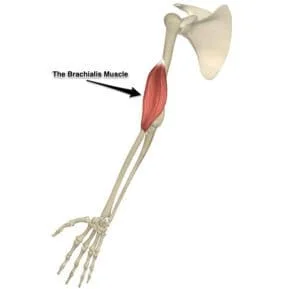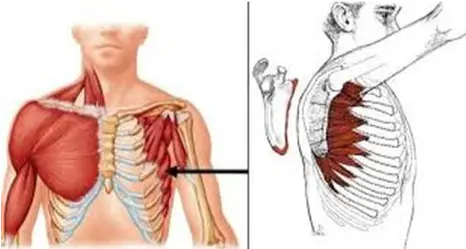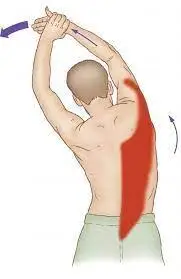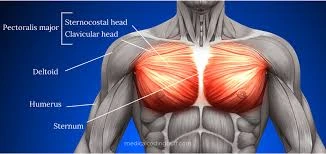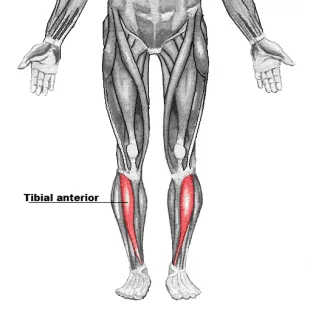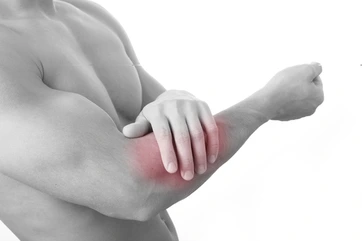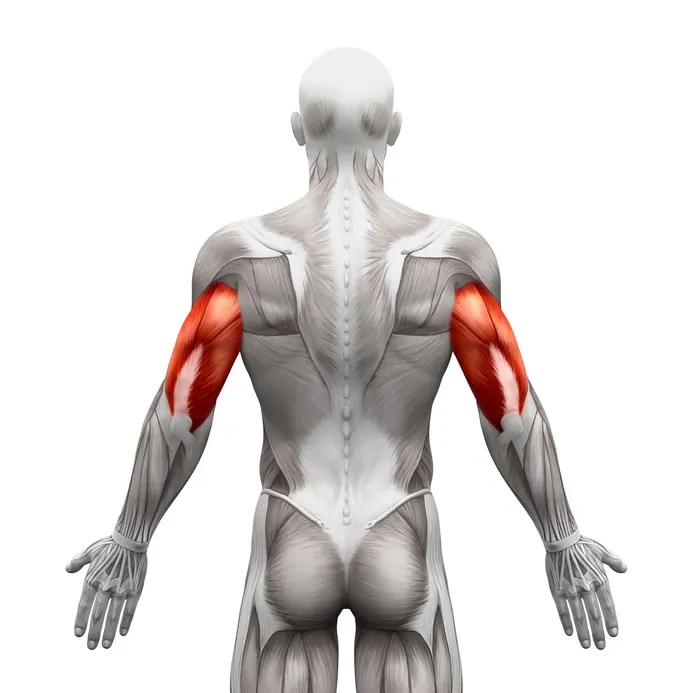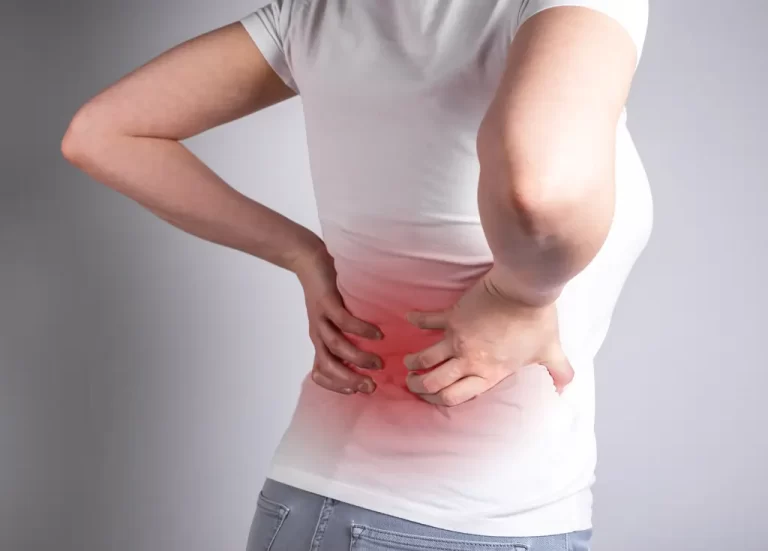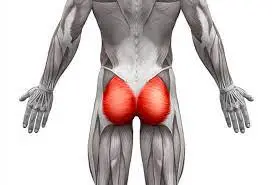Fat
What’s Fat? Fat is a vital macronutrient that plays essential roles in the body, providing energy, supporting cell growth, and aiding in the absorption of fat-soluble vitamins (A, D, E, and K). It is a concentrated source of energy, supplying 9 calories per gram, more than double the energy provided by carbohydrates or proteins. While…


